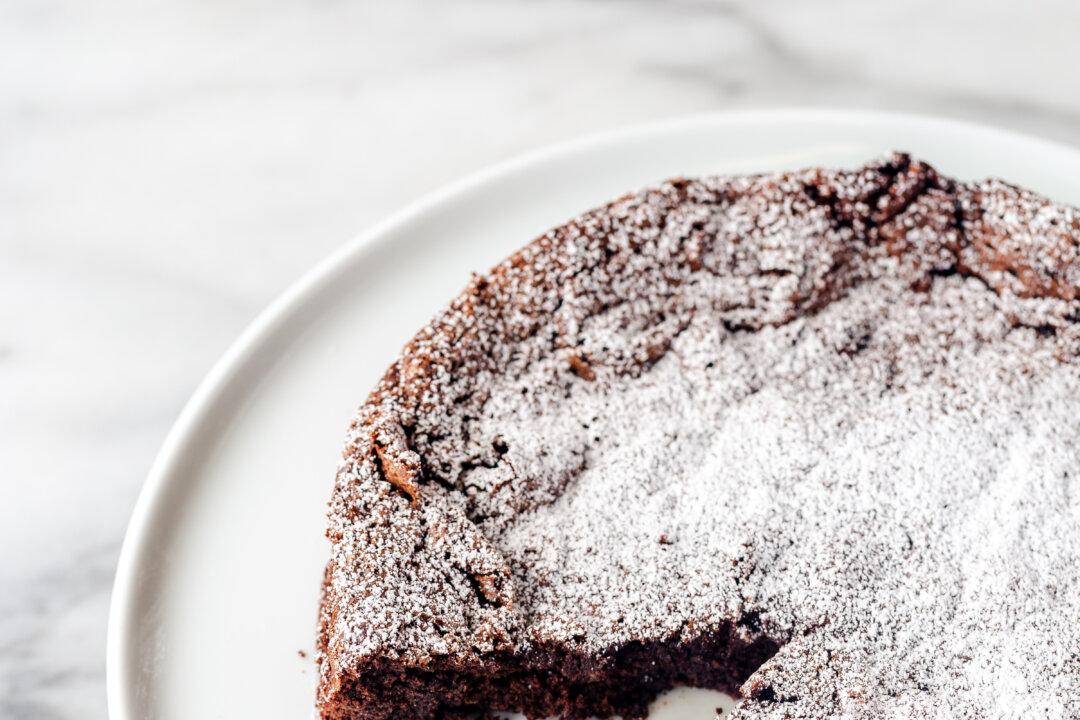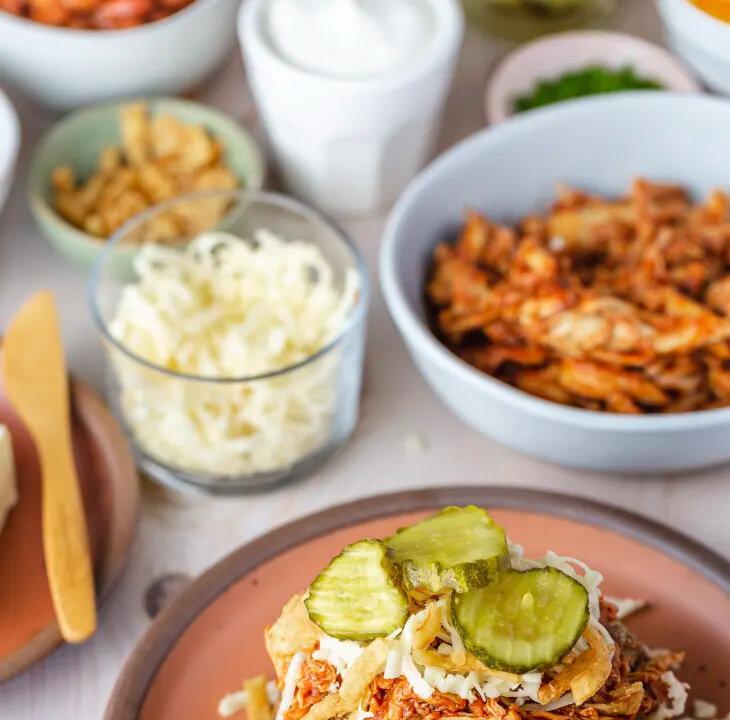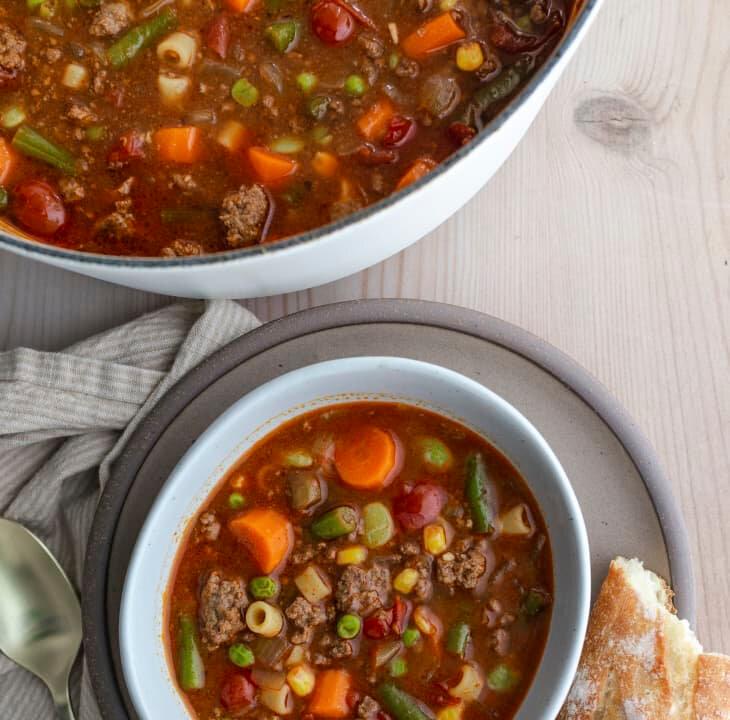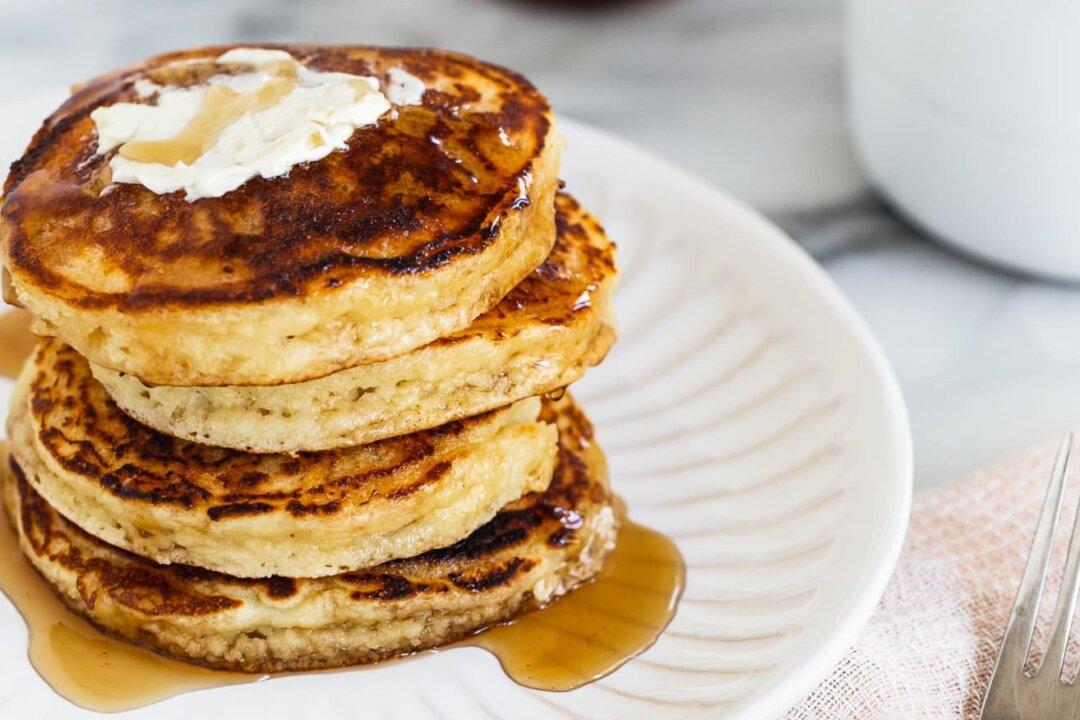In the world of cakes, red velvet demands your attention. Special occasions call for cake, but red velvet is the special occasion. There’s something so celebratory about it.
Cheesecake has a similar status—it’s not an everyday bake, and the thought of it suggests a bit of indulgence. Combining the two gives you a stunning dessert that is a little over-the-top in the best way.





